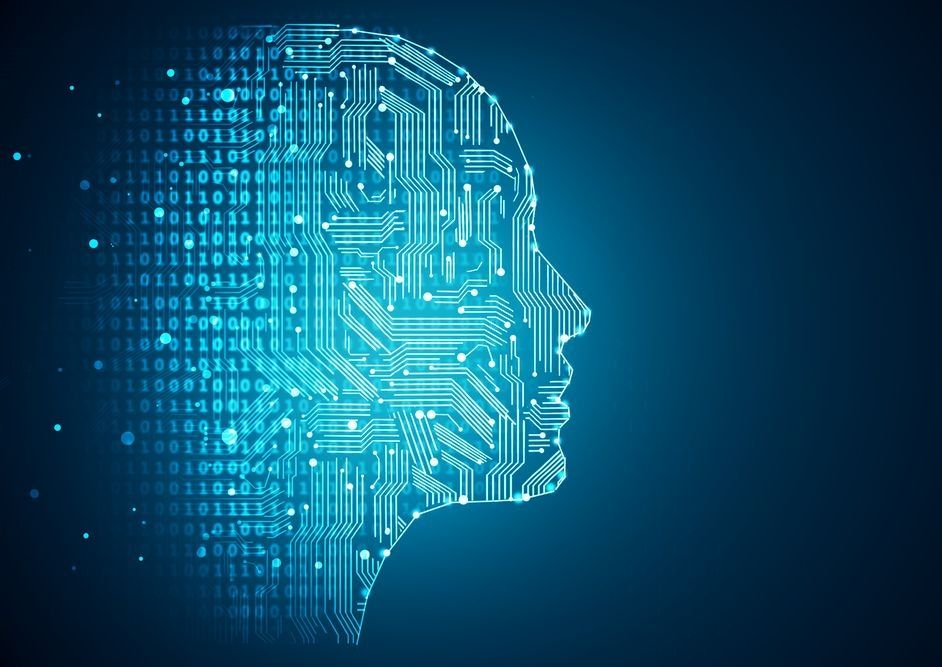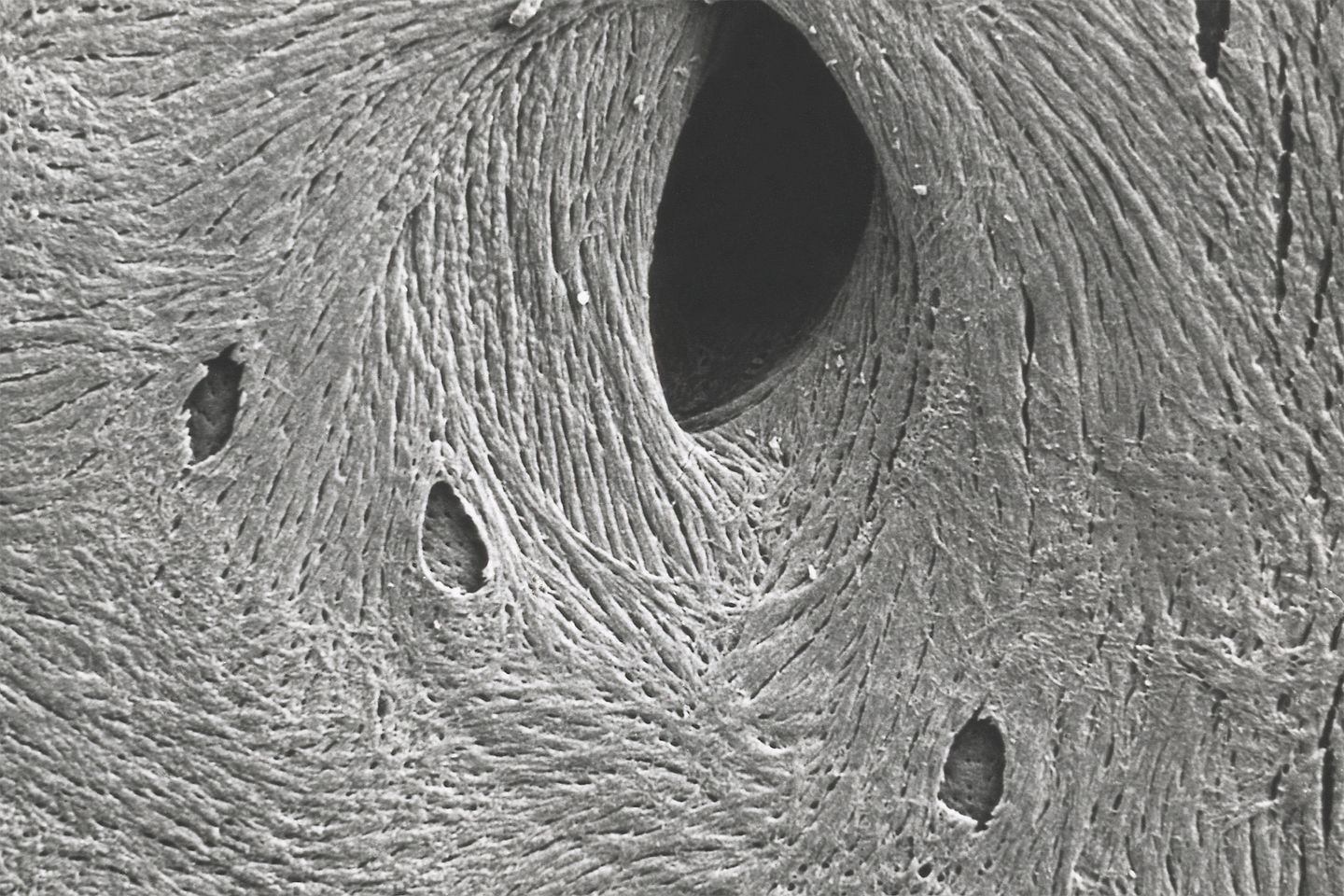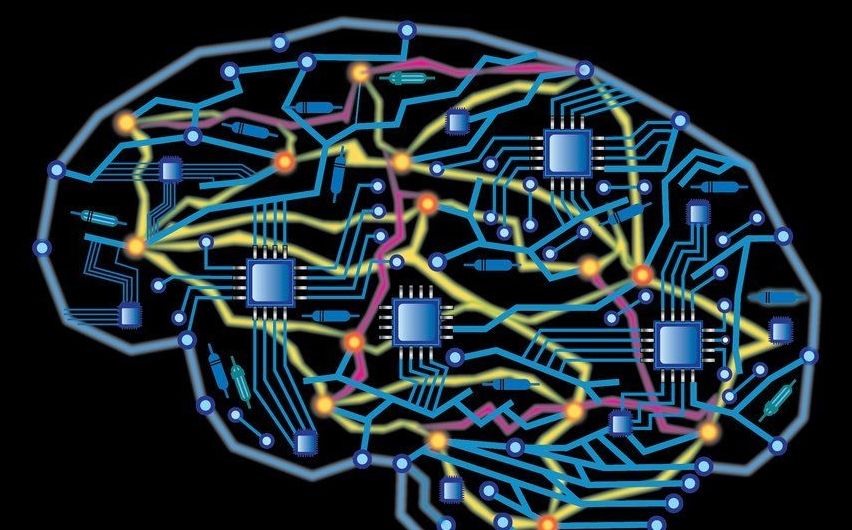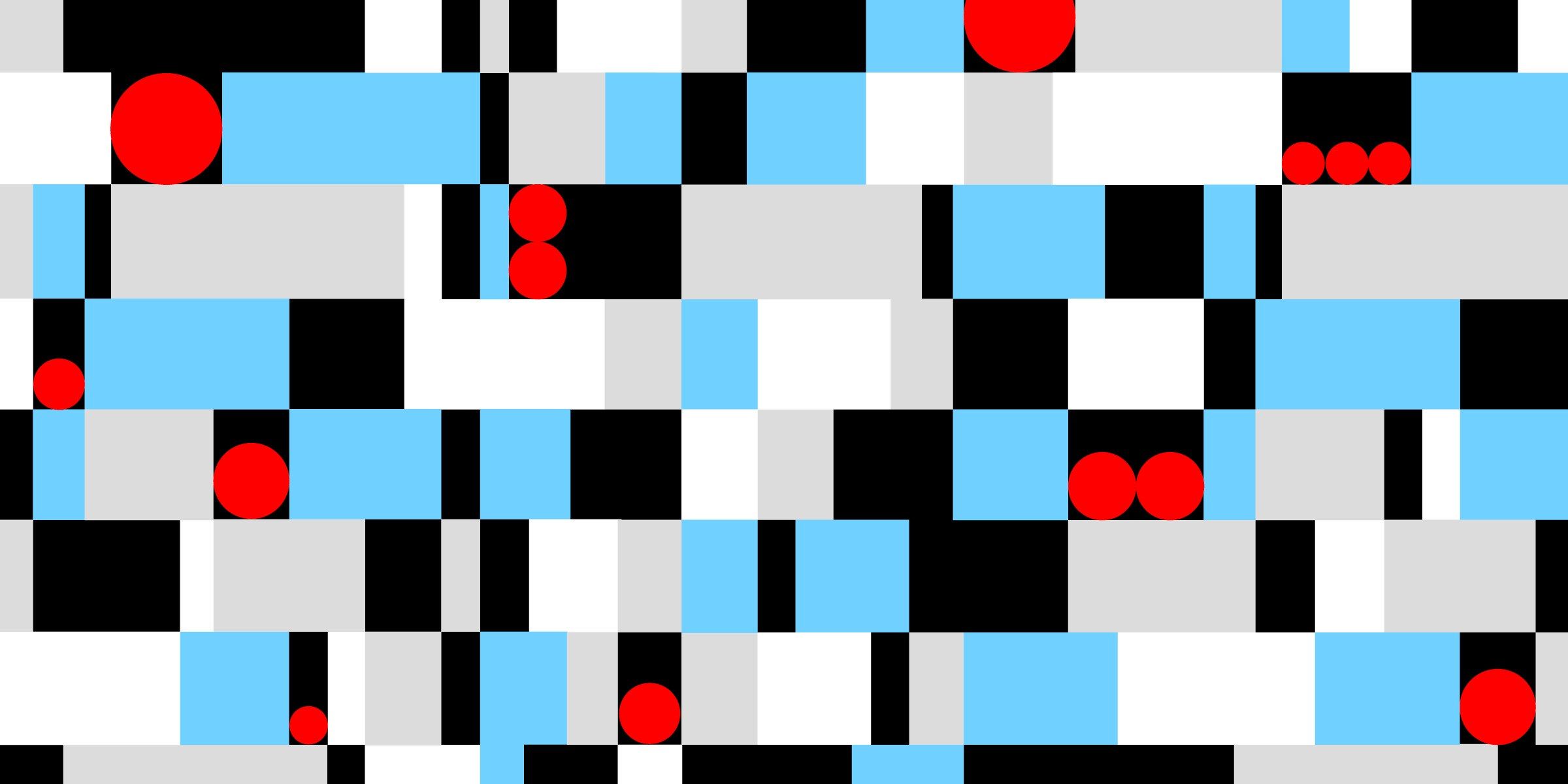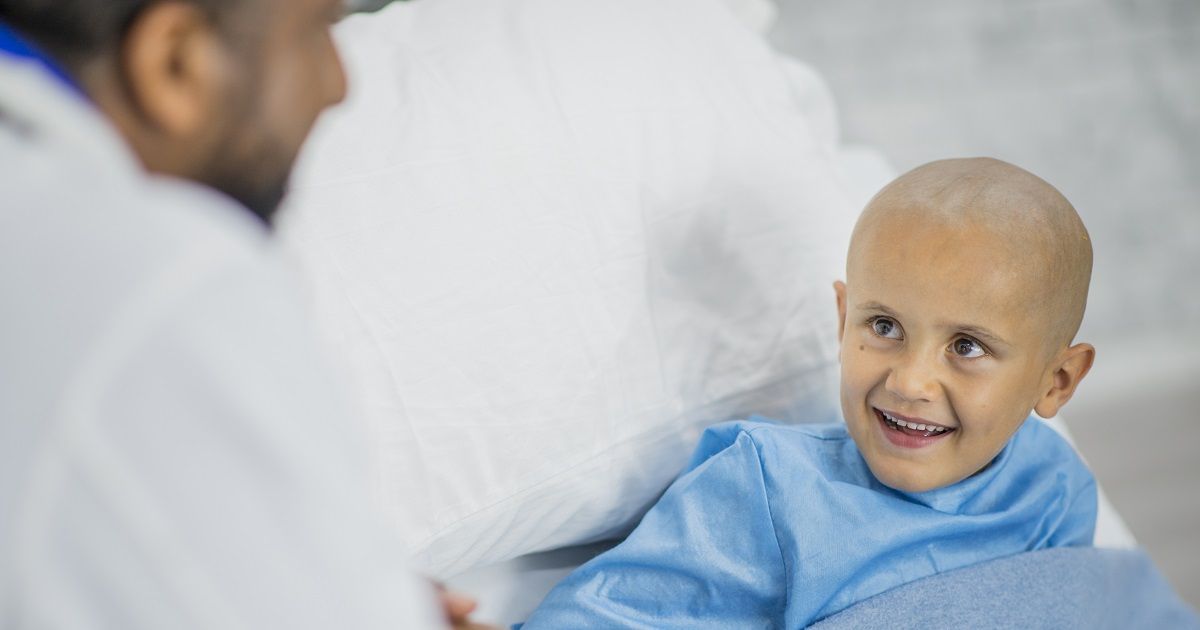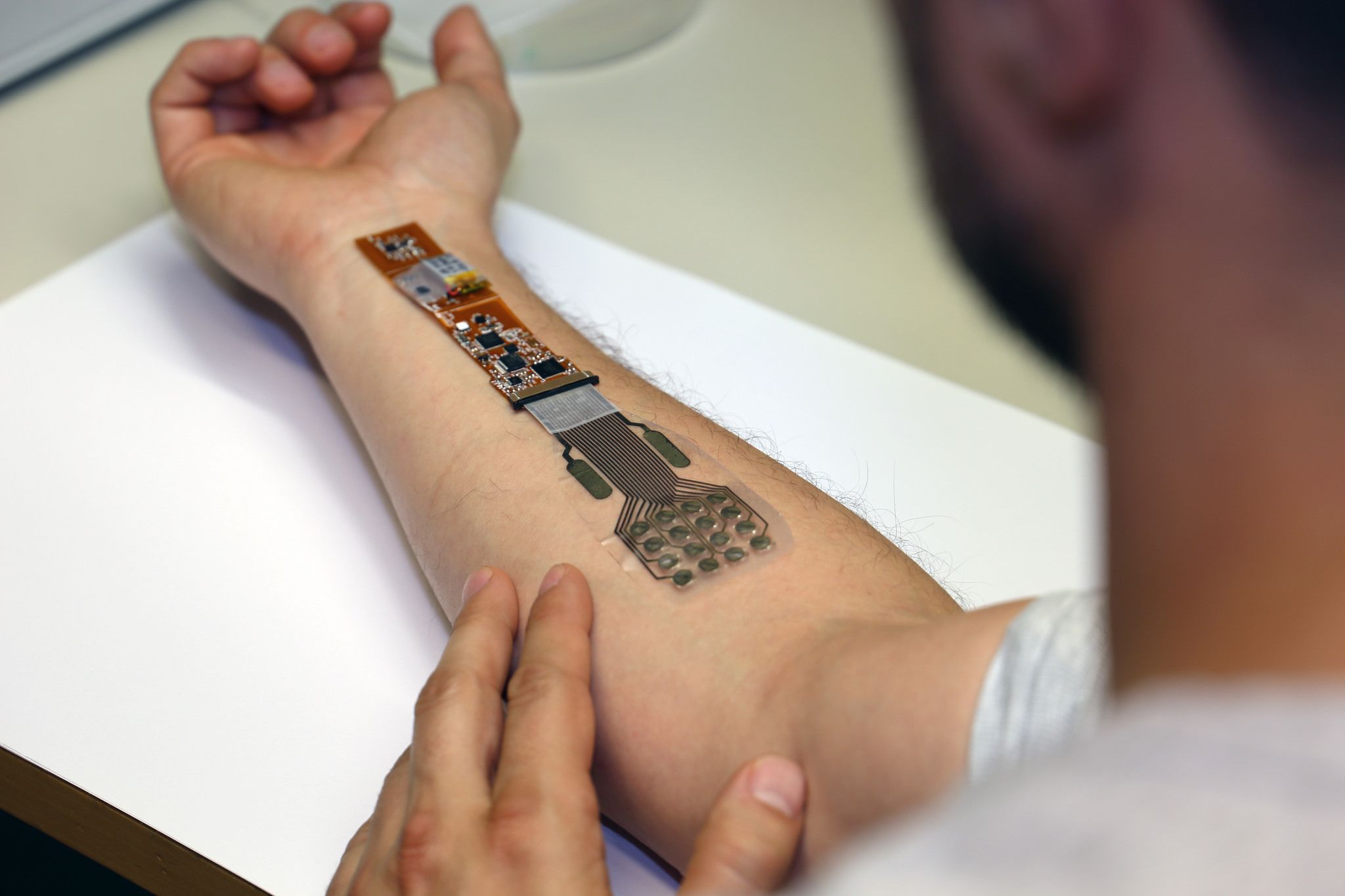Sep 20, 2017
How AI can Help Reduce the Cost of Drug Discovery
Posted by Steve Hill in categories: biotech/medical, robotics/AI
The cost of drug discovery and subsequent development is a massive challenge in the pharmaceutical industry. A typical drug can cost upwards of $2.5 billion and a decade or more to identify and test a new drug candidate[1].
These costs have been increasing steadily over the years, and pharmaceutical manufacturers are constantly seeking ways to improve efficiency to save time and money and speed up research progress.
Automation in the lab is one example; tasks that were traditionally carried out by technicians can now be done by machines. Increasingly sophisticated assays to detect new drug candidates have also helped to slash development time. Now a new ally has arrived to aid drug development – artificial intelligence – and a powerful ally it is.
